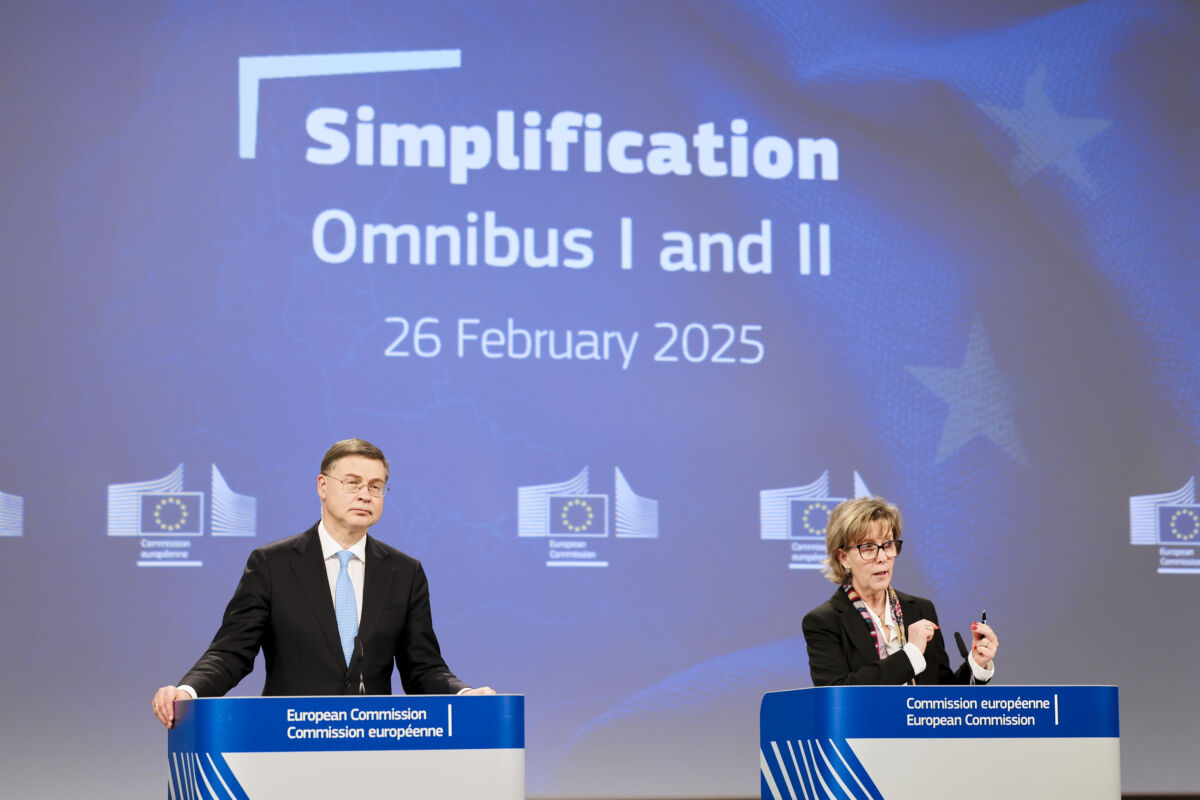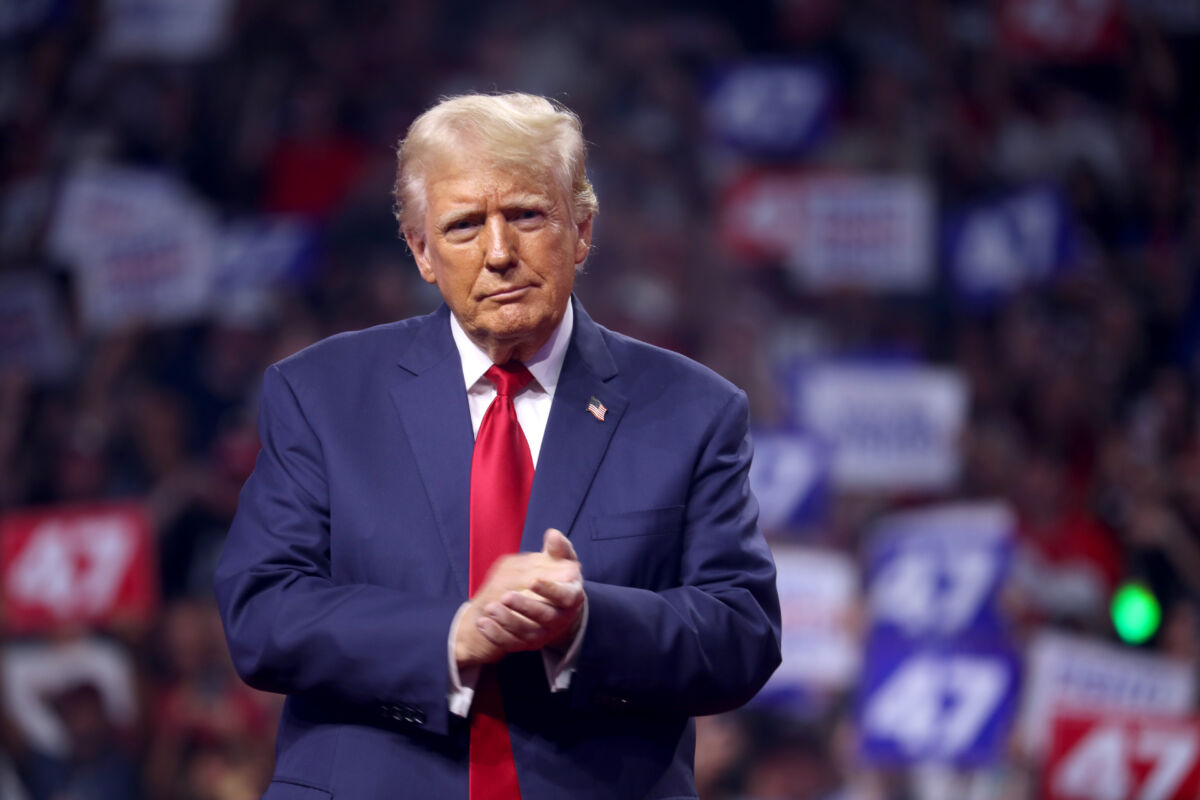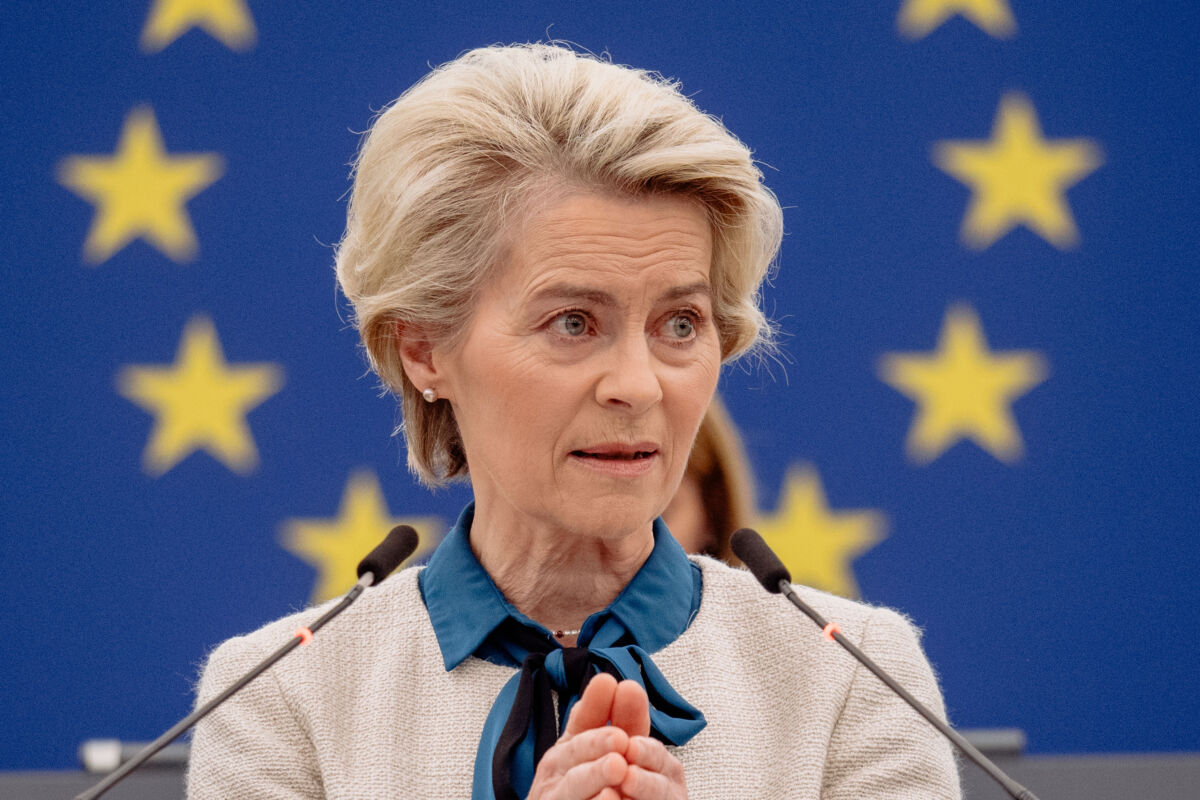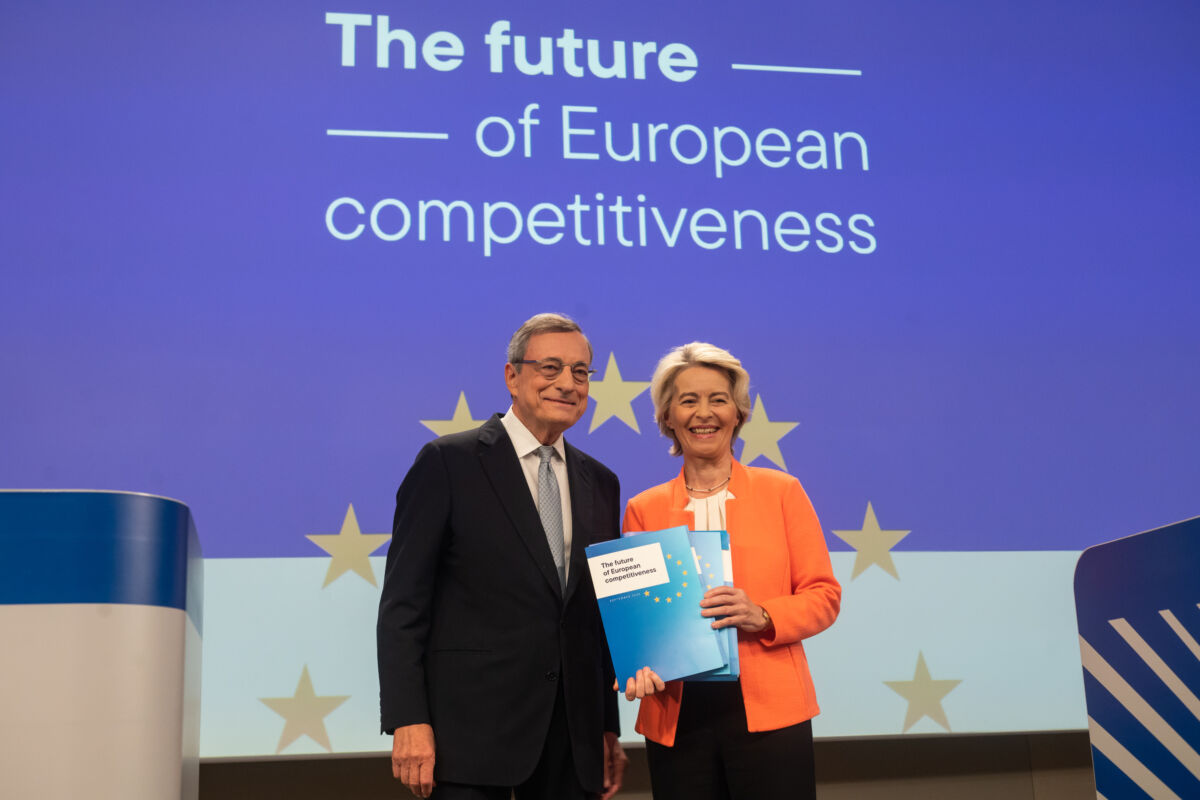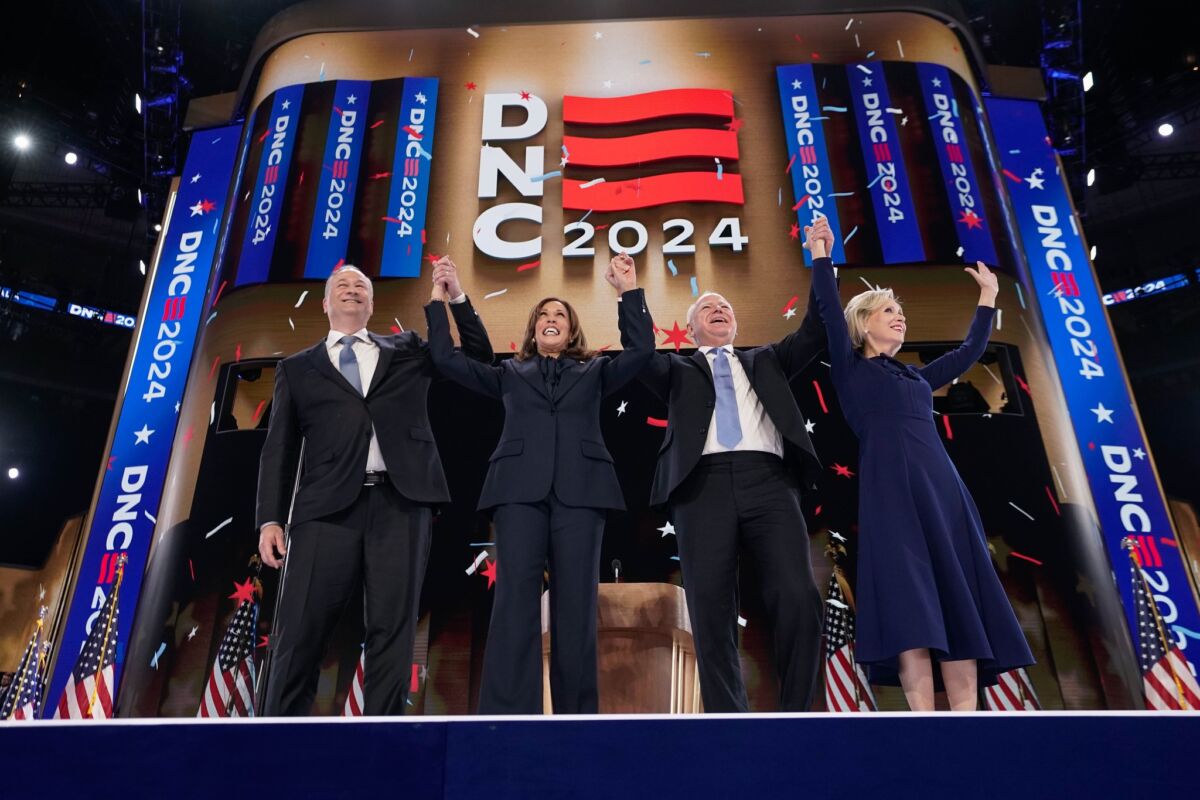Concluding the EU-China Comprehensive Agreement on Investment would mean cementing a trade relationship on a level playing field between two of the world’s greatest economies. As the deadline for concluding the Agreement draws near, and at the juncture of their 33rd round of negotiations, author Weinian Hu hopes that China will step up its level of ambition and with a WTO-plus offer to help bridge the current gap, especially on financial market access, between the Chinese and EU positions.
After 32 rounds of negotiations on the Comprehensive Agreement on Investment (CAI), by the end of September the main differences between the EU and China (besides sustainable development) concerned market access, including that for financial services. On this aspect, the EU’s terms of reference for its negotiation objectives are the concessions that China offered to the US under the US-China Economic and Trade Agreement, signed on 15 January 2020 (the ‘phase one agreement’).
The EU is right to refer to the phase one agreement, since EU and American financial service providers experience the same grievances with regard to access to China’s financial market. What is awkward is that the concessions reached between China and the US are based on reciprocity, which means they won’t extend to the EU, or to other third parties.
This commentary looks at how the EU and China succeeded in reaching an agreement 20 years ago, in the run up to China’s WTO accession.
US influence on the status quo
It would not be the first time that a bilateral Sino-US agreement has hampered EU-Chinese efforts to reach their trade objectives. For example, it took two years for China to clear objections submitted mainly by America (a third party’s legitimate right) in order to conclude the EU-China Agreement on Cooperation on, and Protection of, Geographical Indications. Nor would it be the first time that the EU and the US have competed for financial market access in China.
As things stand at the moment, concluding the CAI by the end of 2020 could be in jeopardy, as harder negotiations are expected on financial market access – not least because the EU seeks to obtain at least the same concessions as those reached between China and the US under the phase one agreement. Evidently, those concessions were agreed on a reciprocal basis. This scenario appears similar to the EU-China financial sector negotiations that took place before China’s WTO accession.
Financial market access under the phase one agreement
What did China and the US agree on financial market access and what are the EU’s objectives are under the CAI? In general, China has agreed to open up its markets in banking, credit rating, e-payment, financial asset management (distressed debt), insurance, securities, fund management and futures services to American financial service providers. To reciprocate, the US will allow ‘non-discriminatory treatment’, or expeditiously consider requests for Chinese companies such as UnionPay, the China Reinsurance Group and CITIC Group to gain access to the US financial services market. China has equally committed to accept, approve or issue a determination on applications made by US financial service providers (see the table below).
Table – Summary of China’s commitments to open its financial services market to the US
| Financial subsectors | Commitments under the phase one agreement |
| Banking | China will expand opportunities for US financial institutions, including bank branches, to provide custody services for investment fund securities by taking into account their global assets. China will also consider the international qualifications of US firms when evaluating licence applications for Type-A lead underwriting services for corporate bonds in China’s bond market. |
| Credit rating services | China will approve applications by wholly US-owned suppliers of credit rating services, and allow them to rate all types of domestic bonds sold to domestic and international investors. China also will allow US companies to acquire a majority stake in their existing joint ventures with Chinese companies. |
| e-Payment services | Applications from a US e-payment services supplier, including an application by a supplier seeking to operate as a wholly foreign-owned entity, will be processed in a timely manner. |
| Asset (distressed debt) management | US financial services suppliers will have the opportunity to secure provincial-level licences to acquire non-performing loans directly from Chinese banks. China has committed to granting new national licences on a non-discriminatory basis. |
| Insurance | China will eliminate the foreign equity caps for US suppliers of life, health and pension insurance services. In addition, China will remove all discriminatory regulatory requirements (including the 30-year ‘seasoning’ operating requirement) and processes in all insurance service sectors, and will conduct licensing review and approval expeditiously. |
| Securities, fund management & futures services | China will eliminate the foreign equity cap for American companies providing securities, fund management and futures services. China will ensure that they are able to access the respective markets on a non-discriminatory basis, for example wholly owned US fund management companies can invest in H-shares (i.e. shares of companies incorporated in mainland China that are traded on the Hong Kong Stock Exchange) and provide investment advisory services. |
| Source: “Economic and Trade Agreement between the United States of America and the People’s Republic of China, Fact Sheet”, USTR. | |
The EU’s objectives for financial market access in China
China has not fully complied with some of its WTO-accession commitments on financial services. For instance, it committed to open e-payment services to foreign suppliers in 2006, but continued to place restrictions on foreign companies wanting to supply e-payment services to banks and other businesses that issue or accept credit and debit cards in China. In the meantime, China’s Union Pay enjoys exclusive access to domestic currency transactions, while it is able to build its e-payment services network abroad in 179 countries and regions. (In this sector, China has since pledged to process US companies’ applications in a timely manner.)
Within the framework of CAI negotiations, the EU aims to remove restrictions on ownership, ‘equity caps’ and branch network expansion. It also seeks lower capital and liquidity requirements because they increase costs for market entry. Although the equity caps that China imposes are based on its WTO GATS Schedule, the caps limit the expansion of EU financial sector firms and the effective control of their subsidiaries in China because important business decisions lie in the hands of Chinese partners in joint ventures. From the point of view of a level playing field, foreign financial service providers may well be aggrieved because their Chinese counterparts enjoy an open market in Europe, but no such reciprocity in China. Foreign insurers, for example, must prove 30 years of establishment before conducting business in China, while Chinese insurers in Europe do not face such a requirement.
On post-establishment barriers, EU financial service providers are often confronted with delays in the review and approval of licences and new product schemes. At the same time, domestic financial institutions in China benefit from favourable policies with convenient access to public funds, resulting in an uneven playing field. Overall, EU and American financial service providers share the same grievances.
A successful negotiation 20 years ago
The present standoff between the EU and China on financial market access reminds us that, 20 years ago, the EU also wanted to negotiate a financial services deal with Beijing that went further than what the US had obtained. Initially, the attempt failed. The operating terms and conditions, including majority ownership, for EU life insurance companies in China were said to be a key issue in bilateral EU-China negotiations on China’s WTO membership.
Eventually, the EU-China agreement on China’s WTO accession (19 May 2000) concluded that, while the 50-50 equity cap would remain in place, China would provide a legal guarantee to prevent any regulatory interference in private contracts between partners of life insurance joint ventures. China immediately issued seven new licences to European life and no-life insurers. In addition, the insurance business was opened to foreign companies two years earlier than scheduled in the Sino-US agreement on China’s WTO accession, and foreign brokers were allowed to operate in China – free of any joint-venture requirement – five years after accession.
These arrangements became possible because China mustered more political will – without breaching the Sino-US bilateral agreement on China’s WTO accession – and the EU exercised commercial pragmatism by accepting alternative concessions within and outside the financial sector. Can this formula work its magic again to help the EU and China agree on financial market access before concluding the CAI?
A WTO-plus offer
Obviously, the EU and China have a major stake in each other’s market; concluding the CAI is therefore in the interest of both parties. On the Chinese side, China has yet to confer national treatment, one of the fundamental WTO principles, as promised, to foreign businesses. Some of the recently inaugurated measures for market opening seen in its Foreign Investment Law (which came into force in January 2020), such as participation in national industrial policies, programmes and public procurement activities, are granted to foreign-funded enterprises – not to foreign enterprises per se. More importantly, while in the past few years China has been pleading to launch talks on a free trade agreement with the EU, one must recall the EU’s two preconditions: ‘a good outcome’ on the CAI, and China’s progress in reforms that give the market a more decisive role, including creating a level playing field. Hence, concluding the CAI will be crucial for China to advance its trade ambitions.
As for the EU, it needs to acknowledge that the national treatment China offered at its WTO accession is subject to its GATS schedule, including financial services. Therefore, the EU’s demands are of a WTO-plus nature and are based on the principle of reciprocity. In other words, China has not been breaching its WTO obligations, except for protecting its financial market with red tape, as it has done for e-payment services. Aside from the phase one agreement, the EU must again exercise pragmatism to acknowledge that alternative, competitive concessions within and outside the financial services sector could be “a potential landing zone”, on the basis of national treatment. After all, China remains the EU’s second largest market, with abundant opportunities for EU businesses to seize.
China has developed a sophisticated financial services sector in its domestic market, with competitive service providers that have ventured onto the world stage. Nothing should prevent China from stepping up its political ambition and committing to WTO-plus concessions on financial market opening to the EU, to enable the conclusion of the CAI. That would not only be reciprocal, it would also advance the prospect of deeper trade relations with the EU.






